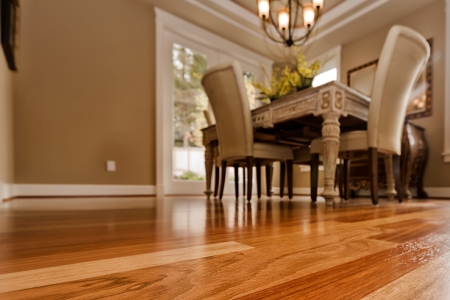

Wood or Wood-Like Flooring: What's the Difference?By Barbara Pronin  Traditionally, hardwood floors added warmth and natural beauty to the home. These days, hardwood competes with copycat laminates and engineered wood floors, which can cost less. The differences between wood and wood-like flooring, according to Melissa Maker, host of the Clean My Space channel on YouTube: Traditionally, hardwood floors added warmth and natural beauty to the home. These days, hardwood competes with copycat laminates and engineered wood floors, which can cost less. The differences between wood and wood-like flooring, according to Melissa Maker, host of the Clean My Space channel on YouTube:Hardwood – Hardwood flooring is made of solid, natural wood. Costing between $6 and $15 per square foot, it is typically made with a tongue and groove system for easy installation. It is simple to sand and refinish, but is easier to damage and requires a healthy amount of maintenance to keep it looking great. Laminates – The core of laminate flooring is made of high density fiber (HDF), as opposed to actual slabs of wood. The top layer is a photographic layer that mimics the look of hardwood. It won’t fool a discriminating eye, but at about half the cost of hardwood flooring, it will take more abuse, is easy to clean, and is installed using a tongue and groove locking system you can install or uninstall with ease. Engineered Hardwood – A hybrid more expensive than laminate and costing about as much as hardwood, engineered hardwood has a core of plywood or HDF and a top layer composed of a hardwood veneer glued onto the core. It has the more natural characteristics of wood, but it handles heat and moisture better because of the core material. It may be refinished, but generally only once. Despite their differences, all three types of flooring may be cleaned the same way, Maker adds. They should be swept or dust-mopped regularly, and cleaned with a drop of dish liquid and a capful of white vinegar mixed into a bucket of warm water. |
Today's Top Stories |
